Submitted by Megha Balooni
Navigating the Future: In exploration of alternatives
India Architecture News - Feb 12, 2024 - 15:38 12436 views
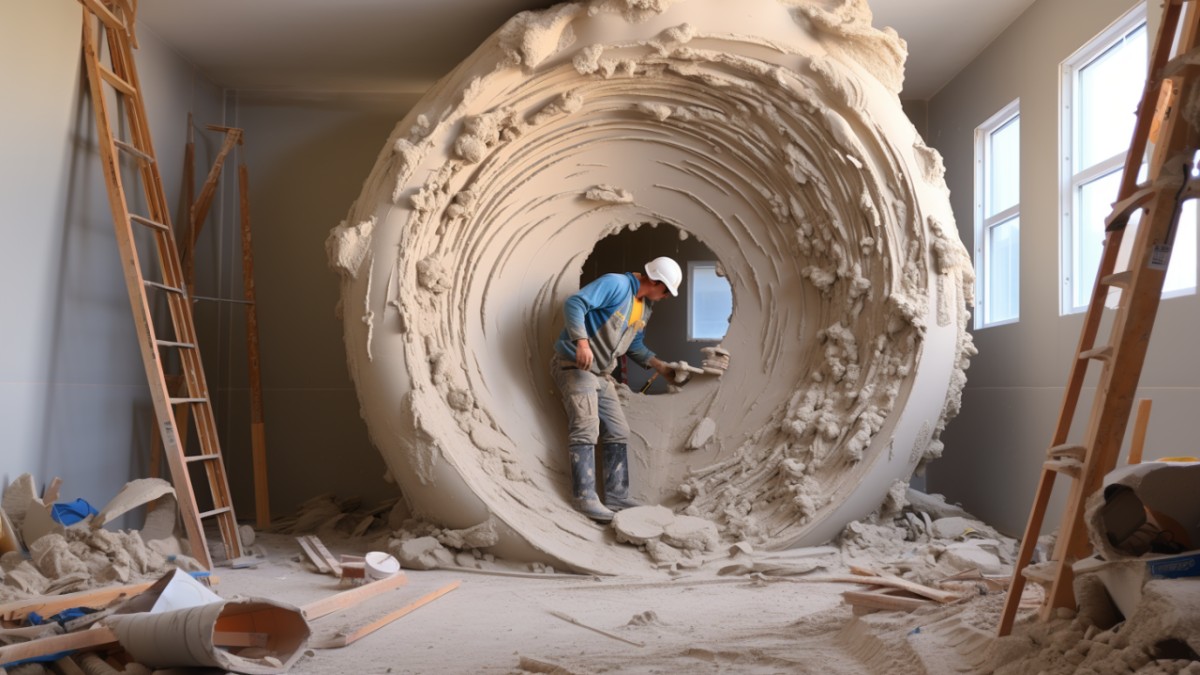
At the dawn of the 21st century, who would’ve thought we’d come this far? The future is a canvas painted with possibilities, ranging from fantastical visions of bio-produced, upcycled organically growing beanstalks to the more tangible prospects of tech-forward flying cars and supersonic towers. Yet, in the midst of these dreams lies a stark reality – the potential repercussions of the reckless actions of previous generations. As the clock ticks, the urgency to meet global targets, such as the Sustainable Development Goals (SDGs) set by the United Nations and the Net Zero energy targets championed by the COP 21 forum, intensifies. In this pursuit, a critical focus emerges on transforming the material industry, a significant contributor to environmental degradation.
Material Industry: Statistics
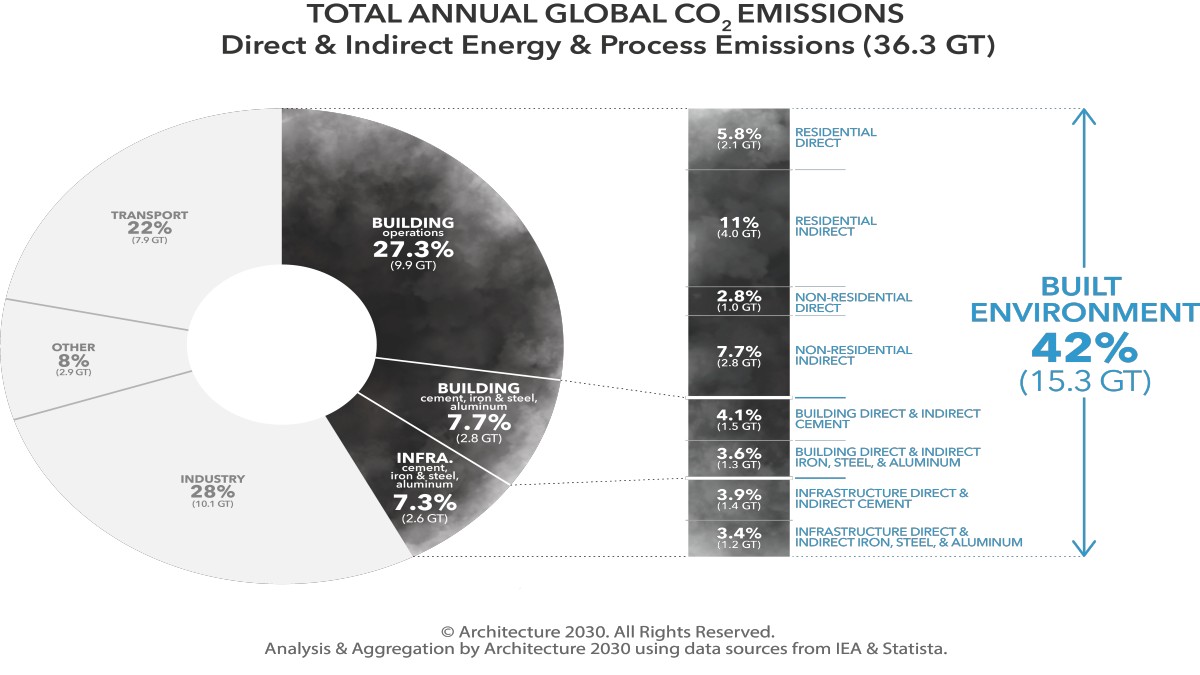
Total global carbon dioxide emissions. Image source: Architecture 20301
Globally, the material industry emits a staggering percentage in its production processes, with a significant portion attributable to the use of fossil fuels. A remnant of the industrial age, these materials have long been celebrated for their robustness. However, as time progresses, the hazardous effects of these materials on human health and the natural environment have come to light. The inability of these materials to seamlessly integrate into the environment, undergo recycling, and become part of the natural food cycle raises serious concerns. Centuries of industrialization have led to the successful pollution of our land, air, and water – the very resources essential for survival on our planet.
Building Materials and the Climate: United Nations Environment Programme (UNEP)

Re-imaging the world we're building with sustainable alternatives. Image © TR Fastenings
The recently released, Building Materials and the Climate: Constructing a New Future developed by the United Nations Environment Programme (UNEP) reiterates the urgency in implementing building material decarbonisation through innovative means.
Amongst the many things, a few interesting and unique terms and facts stood out and perhaps should be a focus in 2024:
Carbon capture and storage: In the world of construction and buildings, carbon capture involves actively taking carbon out of the air using methods like plant photosynthesis and carbonation in cement-like materials. Carbon storage is all about how carbon stays inside the building material for an extended period.
Carbon loophole: The global trade loophole in greenhouse gas emissions occurs when the production of materials is moved to locations with lower production costs and emissions are assigned based on historical emission patterns.
Carbon offsets: Tools enabling companies to showcase net-zero greenhouse gas emissions involve compensating for activities external to their organization that genuinely decrease greenhouse gas emissions. These tools are quantified in units of one metric ton of CO-equivalent emissions. They require "additionality," meaning the process must be verified as an additional step beyond what would occur under standard "business-as-usual" scenarios.
Circular economy: In the architecture and construction context, a circular economy refers to an approach that emphasizes sustainability and resource efficiency throughout the entire life cycle of buildings and infrastructure. The concept is based on the principles of reducing waste, reusing materials, and recycling components to create a closed-loop system.
Embodied carbon: A commonly used term in the built environment sectors, it denotes the total amount of CO2 emissions generated throughout the entire life cycle of a material within the built environment process. This encompasses energy inputs during production, including extraction and manufacturing, as well as during construction, maintenance, refurbishment, and the end-of-use phases, such as demolition, incineration, or landfill disposal.
Environmental product declaration (EPD): A document designed to openly convey the environmental performance and impact of a product or material throughout its life cycle.
Life-cycle assessment: A method for systematically documenting and presenting the environmental impact of a material, product, or service throughout its lifespan. The life-cycle assessment process involves four key steps: 1) defining goals and scope, 2) conducting an inventory analysis, 3) performing impact assessment, and 4) interpreting the findings.
Operational carbon: Emissions produced during the operation and upkeep of the building.
Alternative Materials
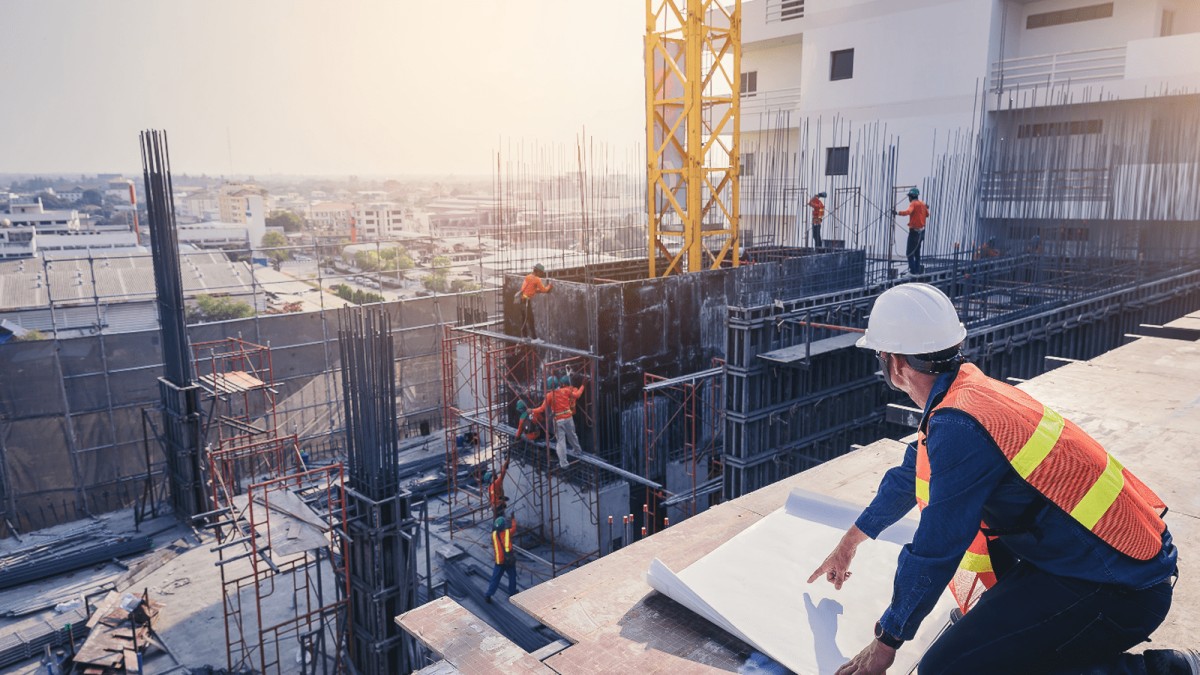
Using alternative building materials for a progressive 21st Century world; Image © Panumas Yanuthai
In the perpetual struggle for building and survival, a glimmer of hope emerges in the form of innovative solutions. Alternate materials have, in recent years, woven themselves into the fabric of daily life, disrupting what was once considered a 'normal' routine. This optimistic adoption of sustainable materials comes as a breath of fresh air, offering a reprieve from the environmental challenges that have plagued us.
These alternative materials embody a set of characteristics crucial for a sustainable future. They boast low carbon footprints, aligning with global efforts to reduce greenhouse gas emissions. Moreover, these materials are sourced locally, reducing the environmental impact associated with transportation and fostering regional economic growth. The emphasis on biodegradability signifies a departure from the persistent waste problems caused by traditional materials. This eco-friendly feature ensures that these materials can seamlessly reintegrate into the natural lifecycle, reducing the burden on landfills and minimizing long-term environmental harm.
As we embark on a journey toward a more sustainable future, it is imperative to explore and celebrate the innovative materials that are already making waves. These materials signal a paradigm shift in our approach to production and consumption, emphasizing the need for responsible choices that echo through generations. From plant-based polymers to recycled composites, these materials embody the essence of a circular economy, where resources are utilized efficiently, waste is minimized, and environmental stewardship takes center stage.
Examples of Alternative Materials
1. I-Mesh

I-mesh material; Image © i-Mesh.edu
I-mesh materials feature a lightweight, flexible structure composed of interconnected elements. These materials find applications in architectural facades, shading systems, and interior design, offering a dynamic interplay between light and shadow. It is often made from durable, weather-resistant materials such as stainless steel, making it suitable for various climates and environments.
2. Linoleum

Linoleum in building materials; Image courtesy: Photogalia
A natural and sustainable flooring material, it is composed of linseed oil, cork dust, wood flour, and natural resins. Linoleum is biodegradable and boasts low environmental impact. Recognized for its resilience, it is an excellent choice for high-traffic areas, offering durability and easy maintenance. In addition, linoleum possesses natural antimicrobial properties, contributing to a healthier indoor environment.
3. Corn-Based Materials
Derived from cornstarch or other corn byproducts, these materials contribute significantly to minimizing environmental impact. Corn-based plastics, for example, provide a sustainable solution by being biodegradable, thereby alleviating the persistent waste concerns linked to conventional plastics. Moreover, corn-based ethanol serves as a renewable and cleaner-burning fuel source, fostering eco-friendly energy practices within the realm of construction equipment and vehicles.
4. Building with Construction Waste
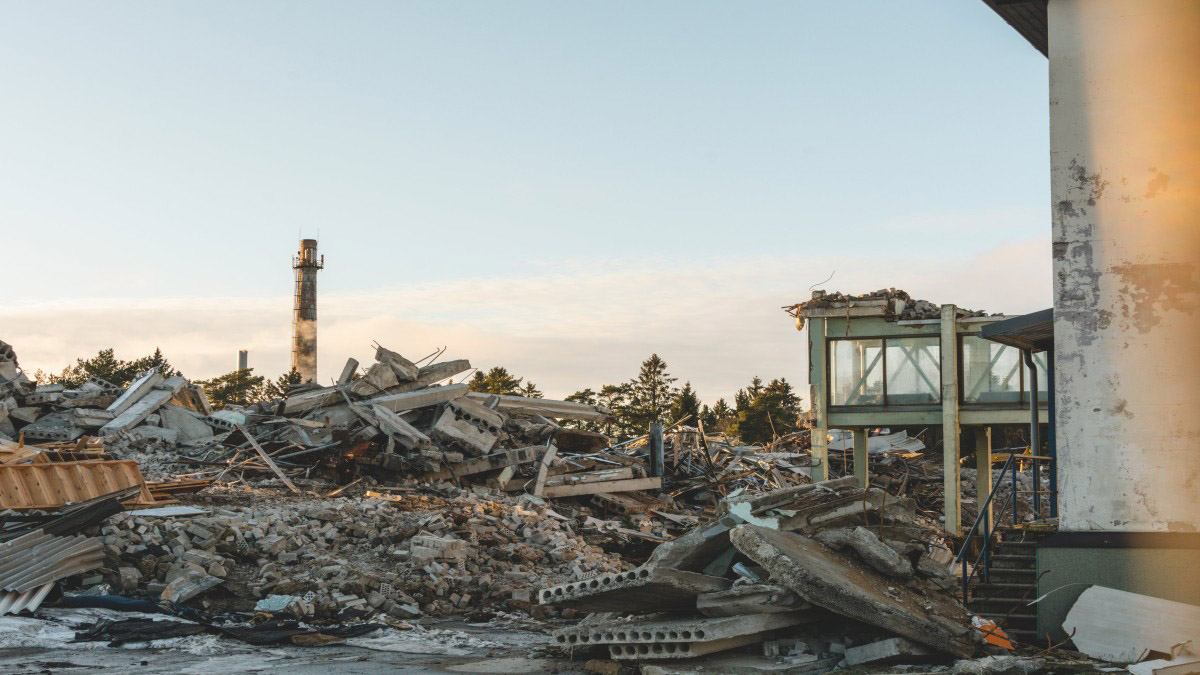
Construction Waste. Image © Alari Tammsalu
Rather than consigning materials like concrete, wood, and metals to landfills, there is a growing trend to repurpose them. Concrete debris undergoes crushing and finds new life as aggregate, while wood waste is ingeniously transformed into composite materials. Salvaging metals for recycling further diminishes reliance on raw materials.
5. Algae-Based Building Components
Algae can be cultivated and processed into various building elements, such as biodegradable panels, insulation, and even structural components. These materials offer benefits like carbon sequestration, reducing the overall carbon footprint of construction. Algae's rapid growth makes it a readily available resource, promoting efficiency and affordability. Additionally, these components exhibit natural insulation properties, contributing to energy efficiency in buildings.
6. Biodegradable Polymers
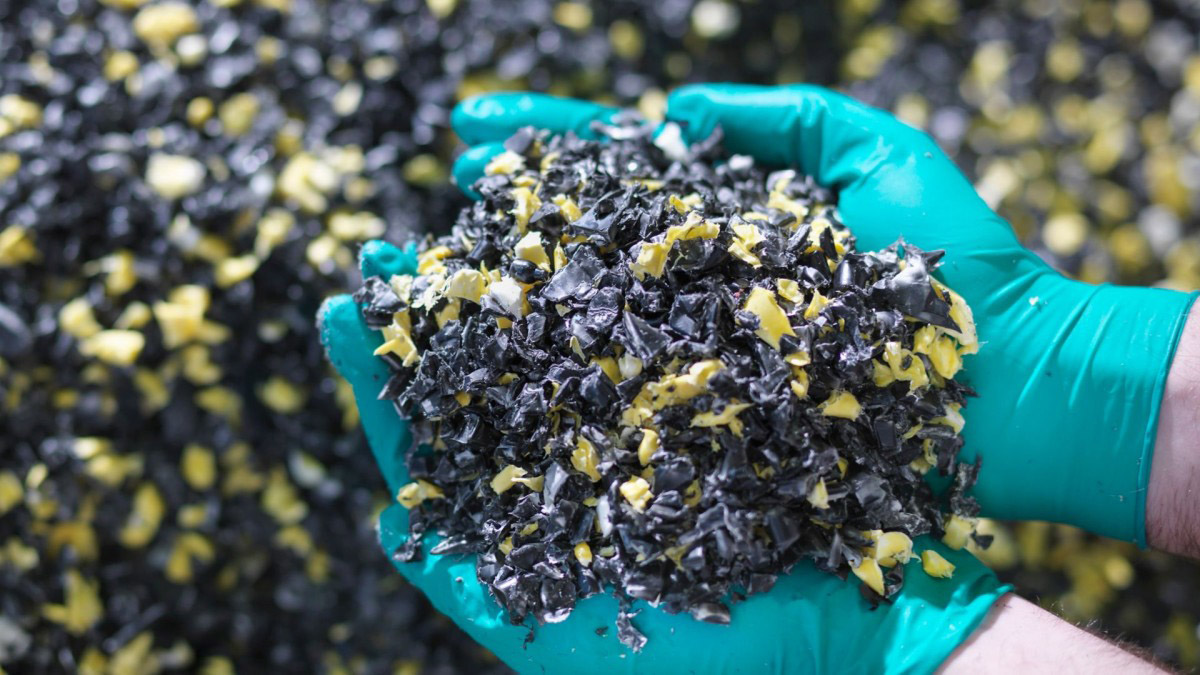
Biodegradable polymers © Bhuyantra Waste Management Pvt Ltd
These eco-friendly materials, derived from renewable resources, offer a viable alternative to traditional construction materials. Biodegradable polymers reduce environmental impact by breaking down naturally, minimizing waste and pollution. Additionally, they often possess impressive strength and durability, ensuring structural integrity while aligning with green building standards.
7. Mycelium-Based Materials

Mycelium-based materials © Material Incubator2
Derived from the root structure of fungi, mycelium binds agricultural waste to form strong, lightweight, and biodegradable materials. These versatile materials find applications in insulation, packaging, and even structural components. Their growth process is energy-efficient, requiring minimal resources. It is a renewable resource that can replace traditional, less eco-friendly materials.
In Conclusion
These eco-friendly materials, derived from renewable resources, offer a viable alternative to traditional construction materials. Biodegradable polymers reduce environmental impact by breaking down naturally, minimizing waste and pollution. Additionally, they often possess impressive strength and durability, ensuring structural integrity while aligning with green building standards.
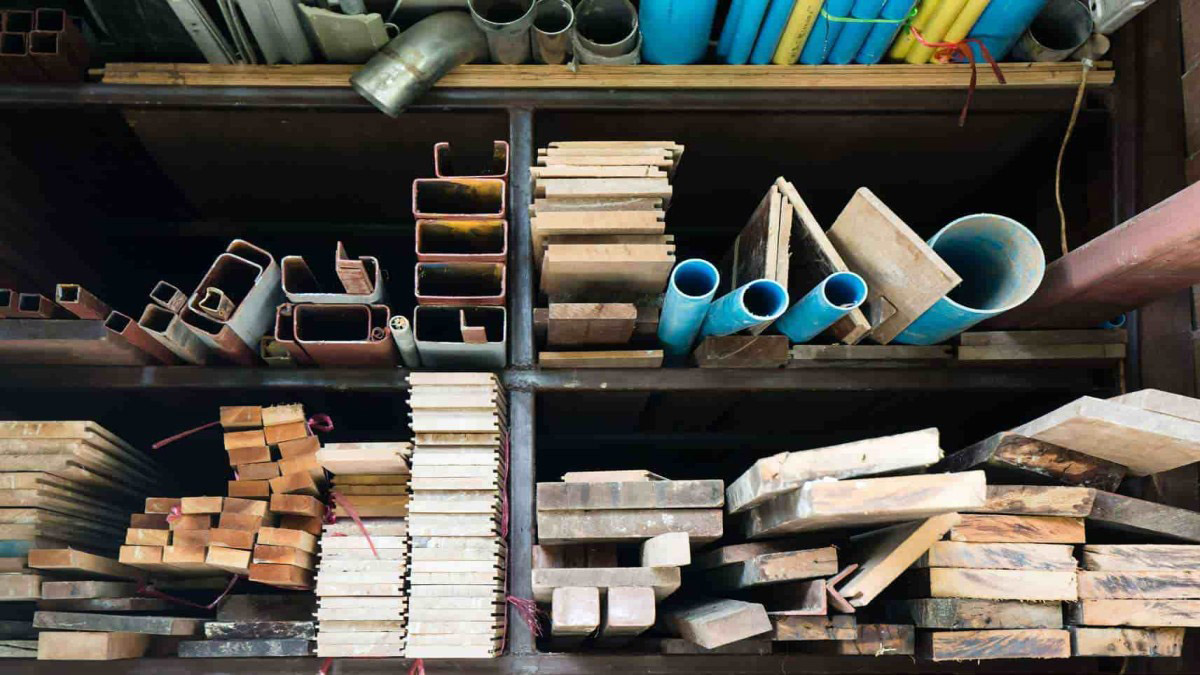
Material collection © Momizi/Shutterstock.com
Embracing a circular approach not only minimizes the environmental repercussions but also conserves precious resources and mitigates the carbon footprint associated with construction projects. It exemplifies a progressive stride towards eco-conscious construction practices. The future lies not just in imaginative dreams of bio-produced beanstalks or futuristic flying cars but in the tangible transformations happening in our material choices. By embracing sustainable alternatives, we pave the way for a future where the mistakes of the past are rectified, and humanity coexists harmoniously with the planet. It is in these innovative materials that we find the tools to rewrite our environmental narrative and create a legacy of stewardship for generations to come.
Header Image in the article © MG; The constantly evolving material industry is focusing on alternative materials to combat industrial impact.
1. Total global carbon dioxide emissions. Image source: Architecture 2030. Copy-paste this link into the browser (https://150187067.v2.pressablecdn.com/wp-content/uploads/Total-1.png).
2. Mycelium-based materials. Image Source: Material Incubator. Copy-paste this link into the browser (https://images.squarespace-cdn.com/content/v1/5d934edef04a38725665caf7/1574060199598-XEXV1OZZVKS1YUAP2BSN/Sample+collection_small.jpg).
alternative materials building material sustainability sustainable development
